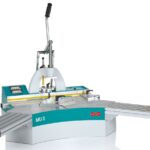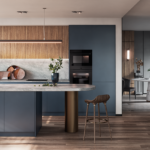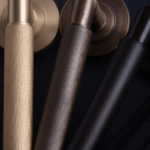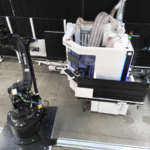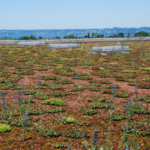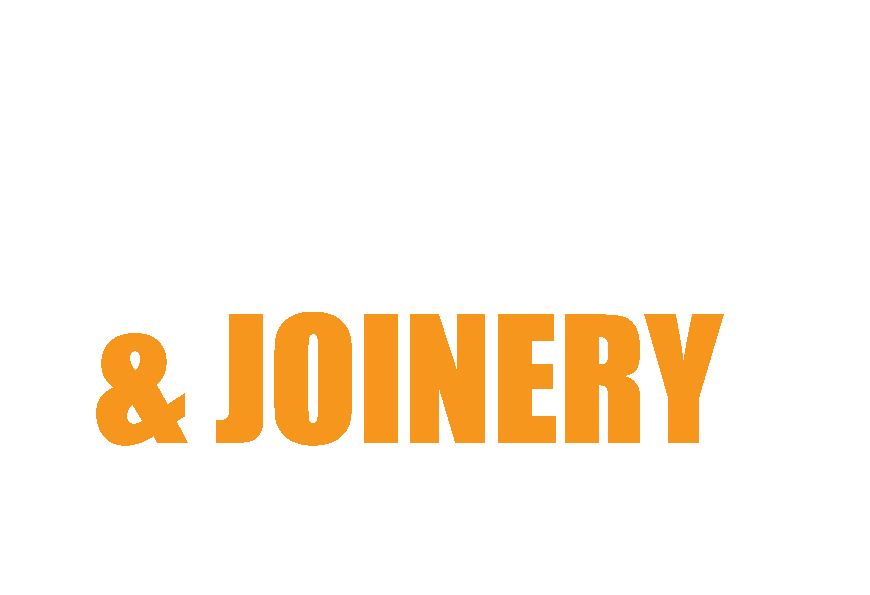Blum, a world market leader in furniture fittings, has made sustainability a core value of its corporate philosophy. Working under the motto “moving ideas for sustainability”, the Austrian company from Vorarlberg pursues a wide range of sustainability initiatives, including in the design of its own infrastructure. The green roofs on Blum’s plants are one example.
“We are aware of our responsibility towards the region and, in addition to the building’s purpose, focus on sustainability and biodiversity when planning construction projects. Our aim is to preserve our high-quality environment for future generations too,” says Laura Erhart, project manager for biodiversity and outdoor design at Blum, describing the approach that the family-run company in Vorarlberg takes when designing its own buildings. Depending on the building’s purpose, Blum takes into account as many sustainability aspects as possible, such as compact, multi-storey designs that counter the effects of increasing land consumption, in addition to energy efficiency via heat recovery. Another key focus at Blum is ensuring as much outdoor space is as natural as possible, from unpaved car parks up to green roofs.
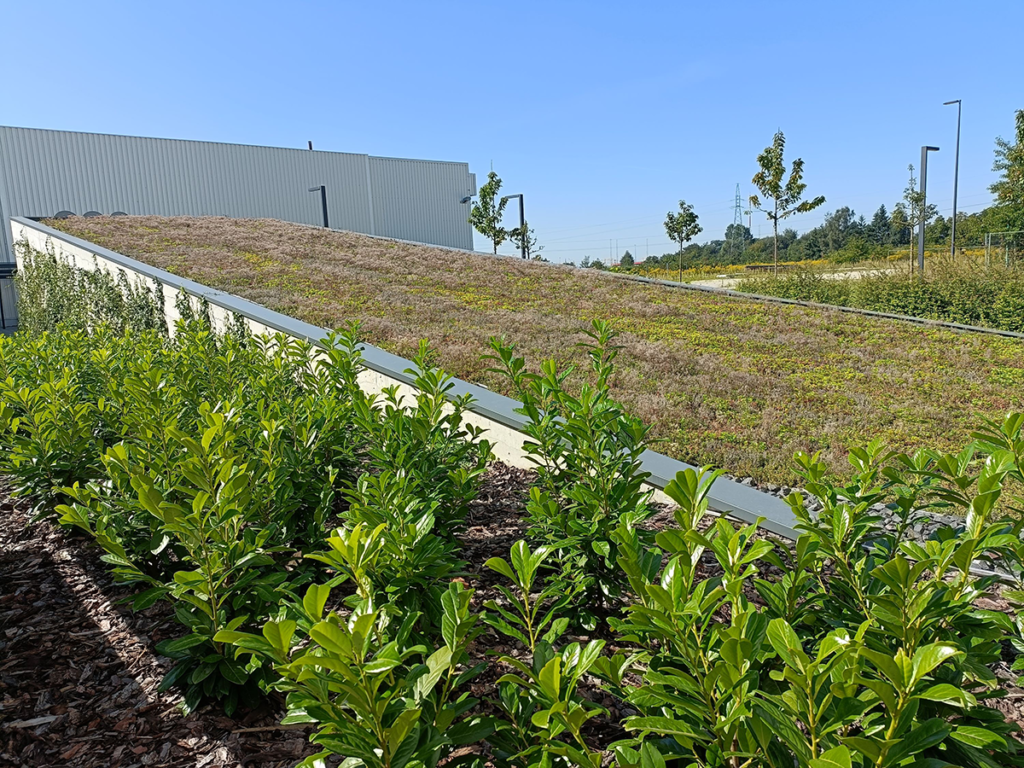
A host of positive effects
Blum has been greening its roofs for over 20 years now – six of its eight plants in Austria have green roofs. These cover every area where they are deemed suitable for the company’s infrastructure development plans and where the building’s structure will allow it. At Blum’s plant in Poland, more than one hectare of the roof’s surface will be greened in the final expansion stage. “A green roof has so many advantages that speak for themselves,” Erhart says. She notes that these include a natural insulation effect that compensates for temperature fluctuations in the building, reducing the need for cooling in the summer and heating in the winter. Plus, green roofs bind CO2 and particulates and act like a filter that helps give us a more healthy environment in which to live and work. Erhart also mentions a number of other positive effects, including a certain reduction in noise as well as water retention when it rains, which reduces the load on the sewer system. “Given these advantages, it’s worth the effort,” she says, referring to the construction measures that – providing the building’s design and structure will allow it – can be put in place with regard to sealing and drainage before the actual greening can begin, which involves applying substrate enriched with organic material and the plants themselves.
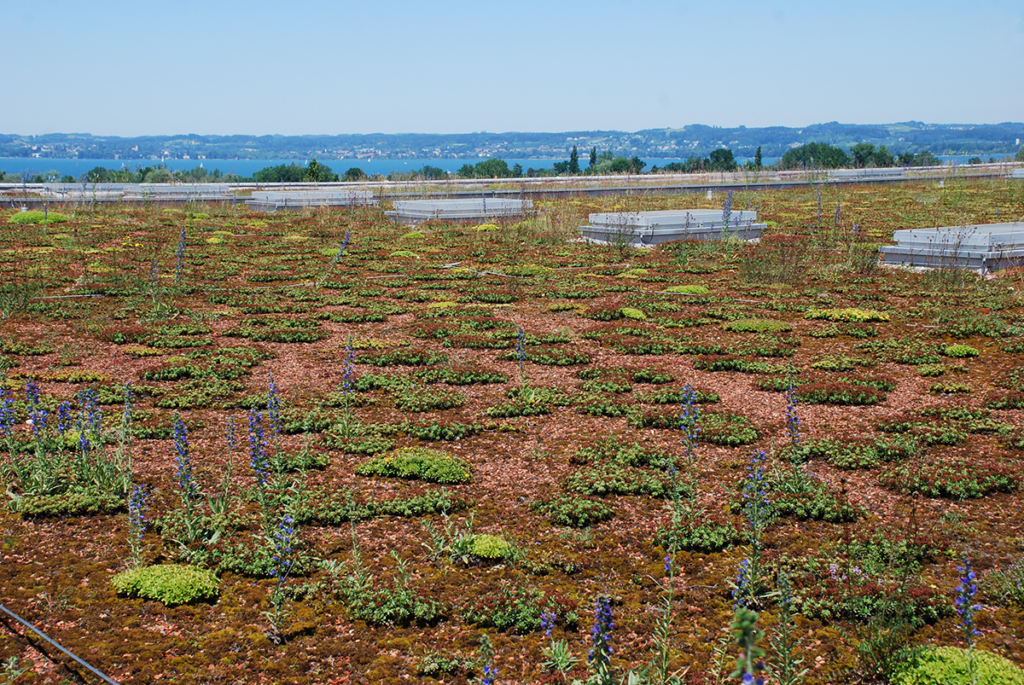
A roof full of life
Once planted, the spaces created by greening provide a new habitat for many different species of flora and fauna. And Blum makes an effort to not only maintain but enhance biodiversity in its own infrastructure where possible. In keeping with its sustainability targets, the company sets up additional green areas on roofs and façades and enhances the ecological value of existing ones. This also includes targeted measures aimed at maintaining the diversity of species, such as designing roofs to be “insect-friendly” using various materials such as sand and gravel. In this case the subsurface is shaped such that it offers suitable nesting places for insects, as demonstrated on an area covering more than 7,300 m2 on the roof of Plant 6 in Gaißau. “There are also extra piles of dead wood where they can hide,” explains Erhart, “and a number of small biotopes help them get through longer dry periods and create a habitat for additional species with standing water. The effort involved in this is manageable and is basically limited to maintenance work that has to be carried out twice a year.”
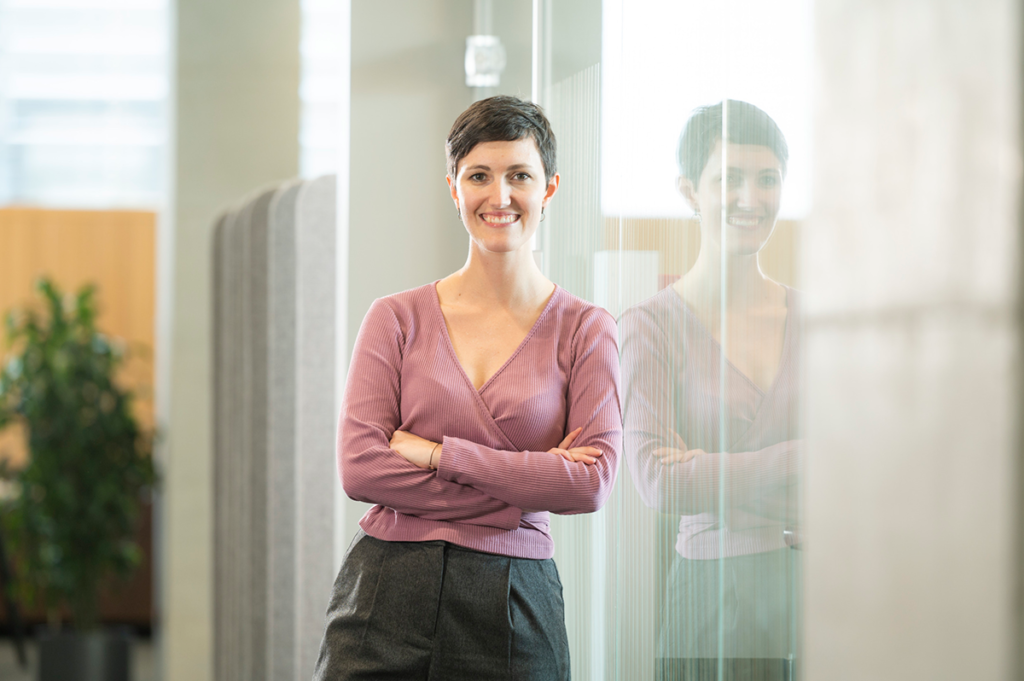
Company-wide initiatives
These “living” roofs and all the positive side effects they bring with them are one of many sustainability initiatives set up by the Austrian manufacturer of fittings. But this doesn’t end with green roofs in Austria and Poland – for example, Blum UK, Blum China and a large number of other Blum sites are working towards a more sustainable, eco-friendly infrastructure by installing photovoltaic systems that cover a large part of the respective site’s energy consumption. The company is aiming to pursue this path in a more consistent manner in future while taking into account as many sustainability aspects as possible. These include energy efficiency, a conscientious approach to resources, climate friendliness and, of course, biodiversity.
Like that found on the green roofs of Blum.
www.youtube.com/user/JuliusBlumGmbH

